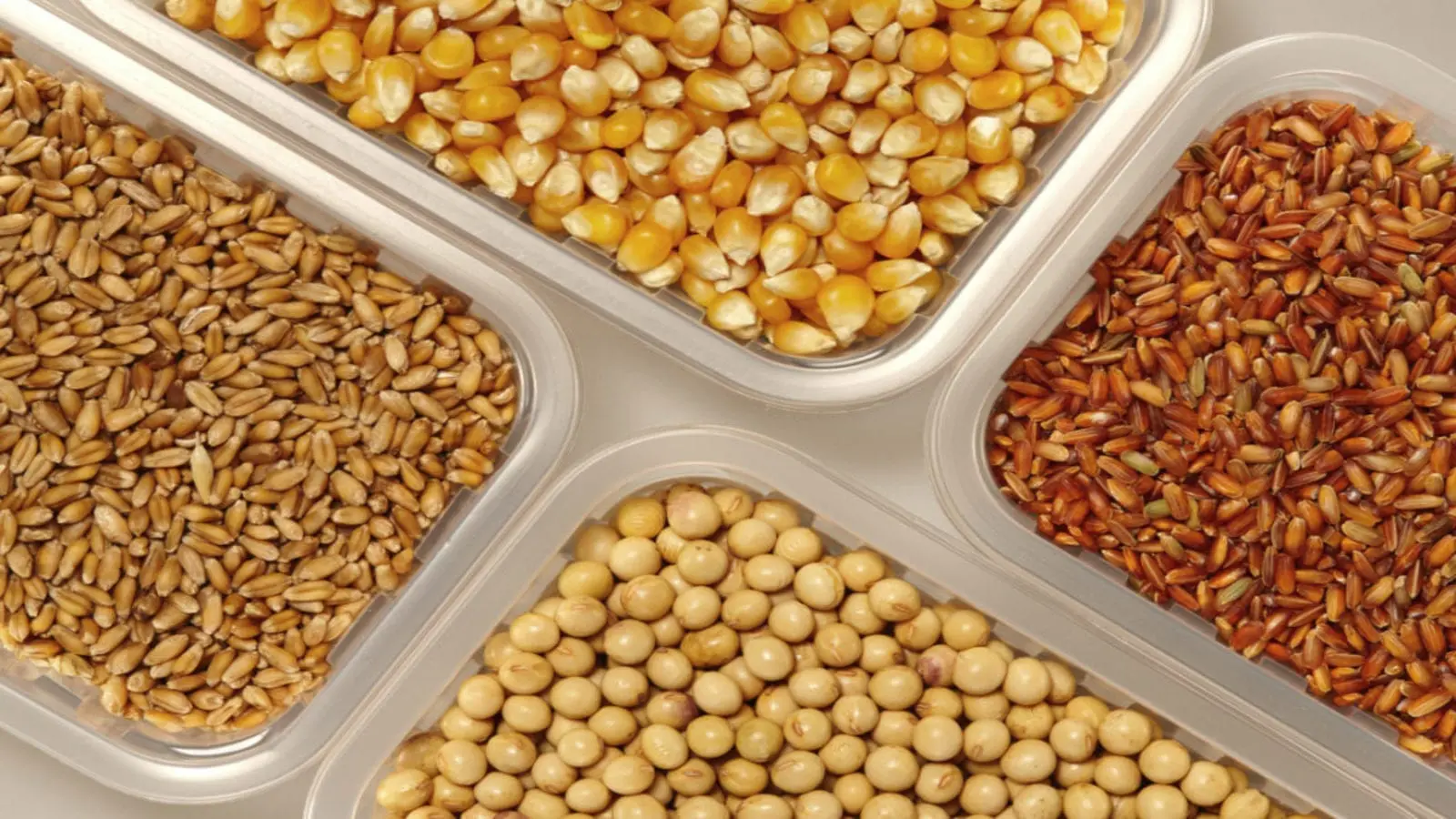TUNISIA – Tunisia’s grain harvest is projected to decline to 200,000-250,000 tonnes from 750,000 tonnes last year owing to the severe drought that has hit the country, farmers union official Mohamed Rjaibia has revealed.
Speaking to Reuters, Mohamed, who termed the situation “disastrous” disclosed that the expected decline in the grain crop would deepen Tunisia’s financial difficulties as it tries to clinch an international rescue package.
Earlier, the country’s Ministry of Agriculture had introduced a quota system for potable water and banned its use in agriculture until Sept. 30, as the country battles with a drought that is now in its fourth year
According to the ministry, Tunisia recorded a drop in its dam capacity to around 1 billion cubic meters, or 30 percent of the maximum, due to a scarcity of rain from September 2022 to mid-March 2023.
Additionally, the import-reliant county has been grappling with a deficit in grain reserves following the Russian invasion of Ukraine that cut Tunisia off from its primary wheat supplier, exacerbating an already difficult situation.
The country, therefore, has been feeling the heat coupled with the extending dry spell that has hindered its local production resulting in increased import requirements.
Wheat is the main crop in Tunisia with a per capita consumption estimated at around 260 kg in 2022/23, with a population of 12.02 million.
However, domestic crop production varies markedly from year‑to‑year due to significant rainfall variations given that the country relies on rain-fed cultivation. According to FAO, the irrigated wheat area represents less than 15 percent of the total wheat planted area.
According to USDA, following the ongoing drought, the area sown with the wheat crop declined to 579,000 hectares in 2022/2023, down from 607,000 hectares in the previous year, while barley declined from 510,000 to 430,000 hectares.
As a result, USDA reported that cereal import requirements for the 2022/23 marketing year are forecast at a slightly above-average level of about 3.8 million tons, about 5 percent above the import requirements of 2021/2022.
Specifically, Post forecasts MY 2022/23 wheat and barley production at 1.1 MMT and 420,000 MT with imports anticipated at 2.1 MMT and 950,000 MT respectively.
For all the latest grains industry news from Africa, the Middle East and the World, subscribe to our weekly NEWSLETTERS, follow us on LinkedIn and subscribe to our YouTube channel










